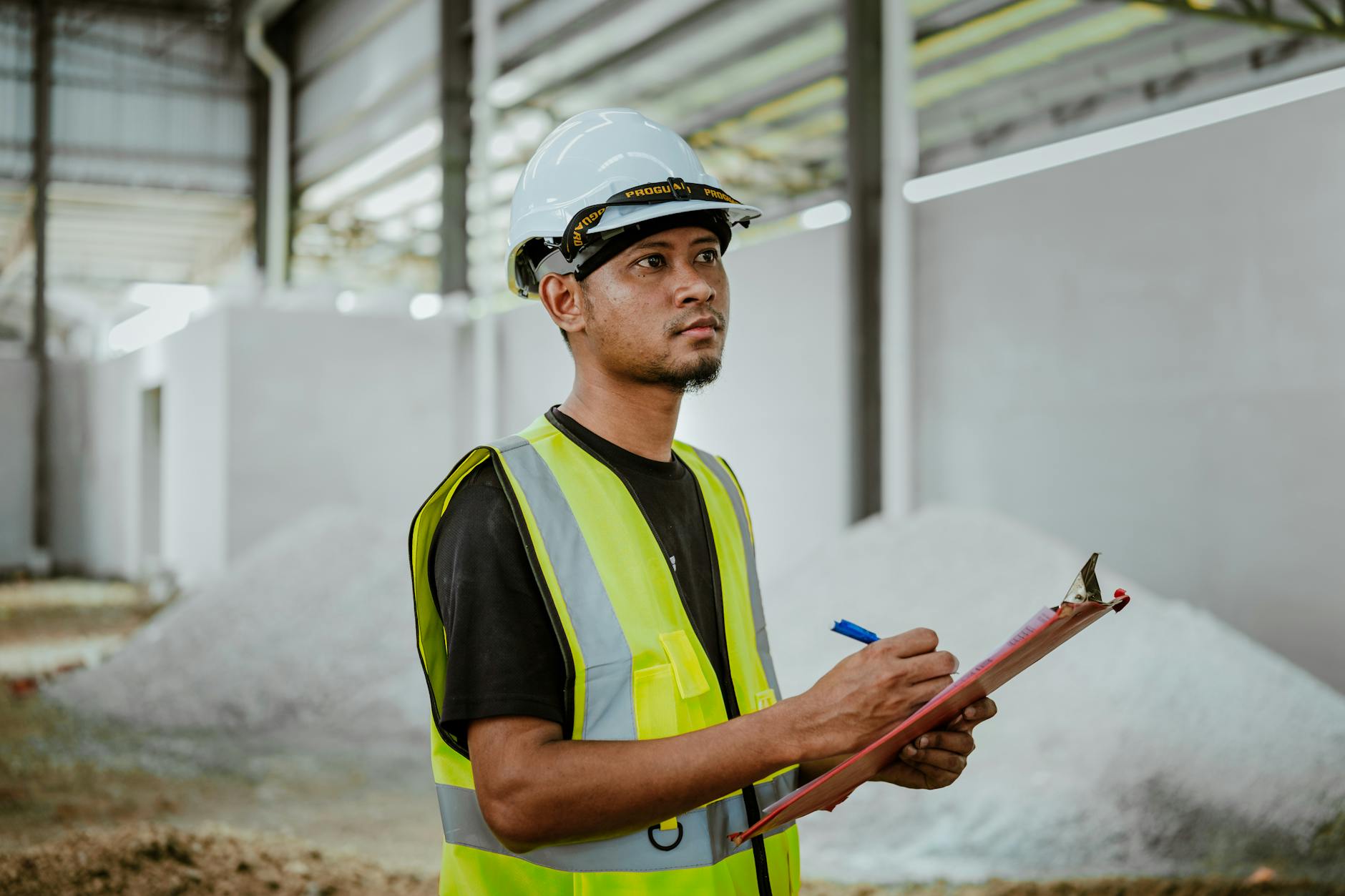What is biohacking?
In the ever-evolving landscape of personal growth and wellness, a phenomenon known as biohacking has emerged, captivating the attention of individuals seeking to optimize their mind and body. Biohacking, a term derived from the fusion of “biology” and “hacking,” is a multifaceted approach that harnesses the power of science, technology, and self-experimentation to enhance various aspects of human performance.
At its core, biohacking is the practice of making deliberate and strategic changes to one’s lifestyle, environment, and biological systems with the aim of achieving peak mental and physical states. It is a holistic endeavor that acknowledges the intricate interplay between our minds, bodies, and the world around us, and seeks to leverage this understanding to unlock our full potential.
Understanding the concept of mind and body optimization
The pursuit of optimization lies at the heart of biohacking. In our fast-paced, demanding world, many of us strive to perform at our best, both mentally and physically. However, factors such as stress, poor sleep, unhealthy habits, and environmental toxins can hinder our ability to function optimally. Biohacking offers a proactive approach to counteract these challenges and actively cultivate a state of heightened well-being.
By delving into the intricate workings of our biology and exploring cutting-edge techniques, biohackers seek to fine-tune their cognitive abilities, enhance physical performance, and foster overall vitality. This pursuit extends beyond mere symptom management; it is a quest to unlock the untapped potential within each of us, allowing us to thrive in all aspects of our lives.
The science behind biohacking
Biohacking is grounded in scientific principles and draws upon diverse fields such as neuroscience, genetics, nutrition, exercise physiology, and environmental health. By integrating insights from these disciplines, biohackers can develop personalized strategies tailored to their unique biological makeup and individual goals.
One key aspect of biohacking is the understanding of the body’s intricate systems and how they interact with external stimuli. For instance, the gut microbiome, a complex ecosystem of trillions of microorganisms residing within our digestive tract, has been found to influence not only our physical health but also our cognitive function and emotional well-being. By optimizing gut health through dietary modifications and supplementation, biohackers can potentially enhance brain function, mood, and overall vitality.

Benefits of biohacking for mind and body optimization
The potential benefits of biohacking are vast and multifaceted, encompassing both mental and physical realms. Here are some of the key advantages that biohackers often seek:
- Cognitive Enhancement: Improved focus, concentration, memory retention, and overall mental clarity can be achieved through various biohacking techniques, such as nootropic supplementation, intermittent fasting, and mindfulness practices.
- Physical Performance Optimization: By optimizing factors like sleep, nutrition, exercise routines, and recovery protocols, biohackers can enhance their physical endurance, strength, and overall athletic performance.
- Stress Management: Biohacking offers strategies to mitigate the detrimental effects of chronic stress, such as implementing relaxation techniques, regulating cortisol levels, and promoting restorative sleep patterns.
- Longevity and Anti-Aging: Many biohackers explore methods to promote cellular rejuvenation, reduce inflammation, and optimize metabolic processes, potentially contributing to increased lifespan and healthspan.
- Personalized Optimization: By embracing the principles of individual variability and self-experimentation, biohacking allows for tailored approaches that cater to each person’s unique biological makeup, lifestyle, and goals.
Different types of biohacks for mind and body optimization
The realm of biohacking encompasses a diverse array of techniques and strategies, each targeting specific aspects of mental and physical optimization. Here are some common types of biohacks:
Biohacking techniques for mental clarity and focus
- Nootropic Supplementation: Nootropics, also known as “smart drugs” or cognitive enhancers, are substances that are believed to improve various aspects of cognitive function, such as memory, focus, and motivation. Common nootropic supplements include compounds like L-theanine, caffeine, and omega-3 fatty acids.
- Intermittent Fasting: This dietary approach involves alternating periods of fasting and eating, which can potentially enhance cognitive performance, promote cellular repair, and improve metabolic health.
- Mindfulness and Meditation: Practices like mindfulness meditation have been shown to improve attention, reduce stress and anxiety, and promote overall mental well-being.
- Light Therapy: Exposure to specific wavelengths of light can influence circadian rhythms, mood, and cognitive function. Biohackers may use light therapy devices or adjust their exposure to natural light to optimize their mental state.
Biohacking techniques for physical performance enhancement
- Exercise Optimization: Biohackers may experiment with various exercise modalities, such as high-intensity interval training (HIIT), resistance training, and recovery techniques like cryotherapy or compression therapy, to enhance physical performance and recovery.
- Nutritional Strategies: Optimizing macronutrient ratios, timing nutrient intake around workouts, and incorporating specific supplements like creatine or beta-alanine can support muscle growth, endurance, and recovery.
- Sleep Optimization: Prioritizing quality sleep is crucial for physical recovery and overall well-being. Biohackers may employ techniques like sleep tracking, optimizing sleep environments, and implementing sleep hygiene practices to improve sleep quality.
- Environmental Conditioning: Exposing the body to controlled stressors, such as cold exposure (cryotherapy) or heat exposure (saunas), can potentially enhance physical resilience and adaptability.
Biohacking tools and gadgets for mind and body optimization
In addition to lifestyle and dietary interventions, biohackers often leverage various tools and gadgets to aid in their optimization efforts. Here are some examples:
- Wearable Devices: Fitness trackers, heart rate monitors, and sleep-tracking devices provide valuable data insights into physical activity, sleep patterns, and overall health metrics.
- Brain-Sensing Technologies: Electroencephalography (EEG) devices and neurofeedback systems can measure and potentially enhance brain wave patterns, aiding in cognitive optimization and stress management.
- Environmental Monitors: Air quality sensors, light meters, and electromagnetic field (EMF) detectors can help biohackers identify and mitigate potential environmental stressors that may impact their well-being.
- Biohacking Apps and Software: Various mobile applications and software platforms offer tools for tracking biometric data, logging supplements and dietary intake, and accessing biohacking communities and resources.
How to get started with biohacking
Embarking on the biohacking journey can seem daunting at first, but with the right mindset and approach, it can be a rewarding and empowering experience. Here are some steps to consider when starting your biohacking journey:

- Define Your Goals: Clearly identify your desired outcomes, whether it’s improving cognitive performance, enhancing physical fitness, or promoting overall well-being.
- Educate Yourself: Immerse yourself in biohacking literature, podcasts, and online communities to gain a solid understanding of the principles and techniques involved.
- Start Small: Begin with simple and accessible biohacks, such as optimizing your sleep environment, experimenting with intermittent fasting, or incorporating mindfulness practices into your routine.
- Track and Measure: Establish a baseline by tracking relevant metrics, such as sleep quality, cognitive performance, or physical fitness indicators. This will allow you to monitor the effectiveness of your biohacking efforts.
- Experiment and Iterate: Biohacking is a journey of self-experimentation. Be open to trying different techniques and adjusting your approach based on your personal experiences and results.
- Seek Professional Guidance: For more advanced biohacking strategies or if you have specific health concerns, consider consulting with qualified professionals, such as healthcare providers, nutritionists, or biohacking coaches.
Biohacking communities and resources
One of the strengths of the biohacking movement lies in its vibrant and supportive communities. These communities serve as platforms for sharing knowledge, exchanging experiences, and fostering collaboration among like-minded individuals. Here are some valuable resources to explore:
- Online Forums and Groups: Platforms like Reddit’s r/Biohackers, Facebook groups, and dedicated biohacking forums offer opportunities to connect with others, ask questions, and stay up-to-date with the latest developments in the field.
- Podcasts and Blogs: Numerous podcasts and blogs, such as Ben Greenfield Fitness, Bulletproof Radio, and Biohackers Lab, provide insightful content, interviews with experts, and practical tips for biohacking enthusiasts.
- Conferences and Meetups: Attend biohacking conferences, workshops, or local meetups to network with like-minded individuals, learn from experts, and experience biohacking techniques firsthand.
- Books and Online Courses: Explore biohacking literature, such as “The Better Brain Book” by Steven Maier and “The Bulletproof Diet” by Dave Asprey, or enroll in online courses to deepen your knowledge and gain practical skills.
“Biohacking for men is the frontier where science meets self-improvement. It’s about taking control of your biology to unlock your full potential. Through strategic interventions – be it nutrition, exercise, or cutting-edge technology – we can optimize our bodies and minds. The true essence of biohacking lies not in seeking perfection, but in the relentless pursuit of becoming the best version of ourselves.”
Biohacking safety precautions
While biohacking offers exciting opportunities for self-optimization, it is crucial to approach it with caution and responsibility. Here are some important safety considerations:
- Consult Professionals: For any significant changes to your diet, exercise routine, or supplementation regimen, it is advisable to consult with qualified healthcare professionals, especially if you have pre-existing medical conditions.
- Research Thoroughly: Thoroughly research the safety and efficacy of any biohacking technique or supplement before incorporating it into your routine. Rely on reputable sources and scientific evidence.
- Start Slowly: When trying new biohacking strategies, introduce them gradually and monitor your body’s response closely. Abrupt or drastic changes can be counterproductive or even harmful.
- Prioritize Quality: When using biohacking tools, gadgets, or supplements, prioritize quality and reputable sources to ensure safety and effectiveness.
- Listen to Your Body: Pay attention to your body’s signals and adjust your biohacking approach accordingly. If you experience any adverse effects, discontinue the practice and seek professional advice if necessary.
Conclusion
Biohacking is a multifaceted and rapidly evolving field that offers a unique opportunity to optimize our minds and bodies. By embracing the principles of self-experimentation, leveraging scientific insights, and fostering a growth mindset, biohackers can unlock their full potential and achieve heightened states of mental clarity, physical performance, and overall well-being.
While the journey of biohacking may seem daunting at first, it is a rewarding pursuit that empowers individuals to take an active role in their personal growth and self-optimization. By staying informed, engaging with supportive communities, and approaching biohacking with responsibility and caution, you can embark on a transformative path towards unlocking your full potential.
Unlock Your Mental Wellbeing: 10 Essential Tips for Improving Mental Health!
How Technology and Innovation are Shaping the Future of Education





